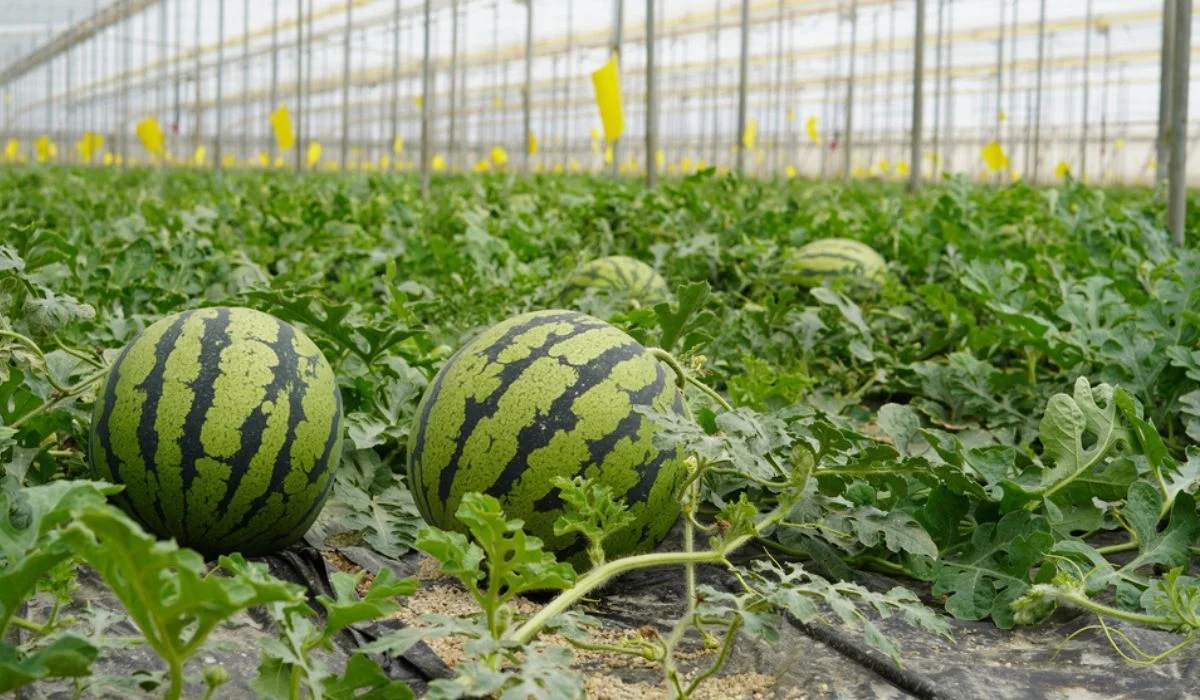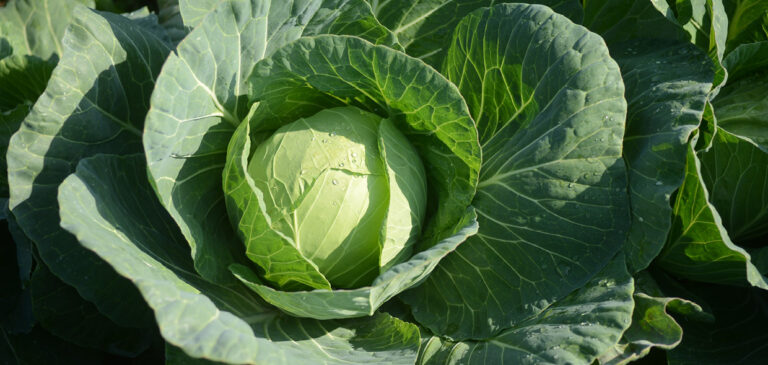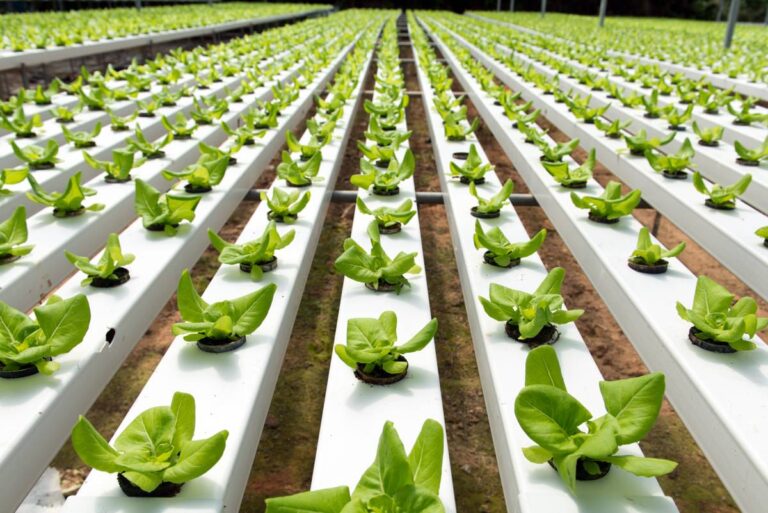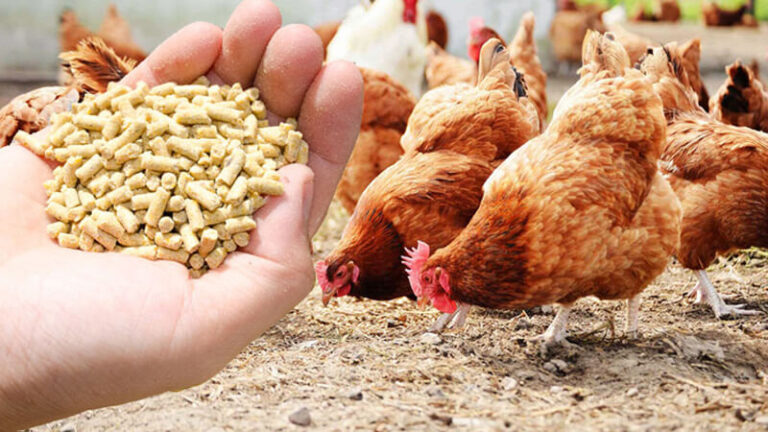Growing water melons
Introduction
The business plan is to start a watermelon farming business in Africa with the aim of providing high-quality watermelons to local and international markets. The proposed business will be located in an area with fertile soil and ample water supply, which will enable us to produce high-quality watermelons throughout the year. Our target market will include local consumers, supermarkets, and exporters. The project will require an initial investment of $XX,XXX to cover the costs of land preparation, seedlings, labor, and marketing. The project will generate revenue of $XX,XXX in the first year and grow by XX% annually over the next five years.

Market Analysis:
The demand for watermelons in Africa is high due to its popularity as a refreshing fruit, particularly during the hot and dry season. The local market is growing, with supermarkets, street vendors, and households being the primary consumers. However, there is also a significant international market, particularly in Europe and the Middle East, which provides a great opportunity for exports.
Production Plan:
The proposed farm will be located in an area with fertile soil, ample water supply, and good climate, which will allow for year-round production. We will employ modern agricultural techniques to ensure high yields and quality. Our farm will have a capacity of producing XX tons of watermelons annually. We will grow different varieties of watermelons, including seedless varieties, to cater to the different needs of our customers.
Marketing Plan:
We will adopt a multi-channel marketing strategy to reach our target market. We will work with local supermarkets, street vendors, and restaurants to supply our watermelons. We will also participate in local farmers’ markets to create brand awareness and reach out to individual customers. We will work with exporters to supply our watermelons to international markets.
Financial Plan:
The proposed business will require an initial investment of $XX,XXX. The cost of land preparation, seedlings, labor, and marketing will account for the majority of the start-up costs. The revenue in the first year is projected to be $XX,XXX, with an estimated profit margin of XX%. We expect the revenue to grow by XX% annually over the next five years due to increased production and expanded marketing efforts. We will continually reinvest a portion of the profits to expand our production and increase our market share.
Conclusion:
The proposed watermelon farming business in Africa presents an excellent opportunity for investors to invest in a high-demand, profitable venture. With a sound production plan, a comprehensive marketing strategy, and an effective financial plan, the business has a high potential for growth and success. The project will create job opportunities and contribute to the growth of the local economy.
here is an example of a profit and loss statement table for a watermelon farming business in Africa:
| Profit and Loss Statement | Year 1 | Year 2 | Year 3 | Year 4 | Year 5 |
| Revenue | $XX,XXX | $XX,XXX | $XX,XXX | $XX,XXX | $XX,XXX |
| Cost of Goods Sold | $XX,XXX | $XX,XXX | $XX,XXX | $XX,XXX | $XX,XXX |
| Gross Profit | $XX,XXX | $XX,XXX | $XX,XXX | $XX,XXX | $XX,XXX |
| Operating Expenses | $XX,XXX | $XX,XXX | $XX,XXX | $XX,XXX | $XX,XXX |
| Net Operating Income (Loss) | $XX,XXX | $XX,XXX | $XX,XXX | $XX,XXX | $XX,XXX |
| Interest Expense | $XX | $XX | $XX | $XX | $XX |
| Net Income (Loss) Before Tax | $XX,XXX | $XX,XXX | $XX,XXX | $XX,XXX | $XX,XXX |
| Taxes | $XX | $XX | $XX | $XX | $XX |
| Net Income (Loss) After Tax | $XX,XXX | $XX,XXX | $XX,XXX | $XX,XXX | $XX,XXX |
Note: The figures used in the table are for illustration purposes only and do not reflect the actual financials of the business.







